An (Almost) Empty Vegetable Garden and a Bounty of Seeds…..
Disclosure: Some of the links below are affiliate links, meaning, at no additional cost to you, I may earn a commission if you click through and make a purchase.
I am what many people would call a “planner”. I absolutely love to plan things ahead of time…..trips, schedules, and my garden. As the month of August begins to wane, it is time to start planning my fall vegetable garden.
As a child, I would enjoy sitting down with my dad’s newest Burpee catalog, looking at the newest vegetable and flower seed offerings. Now times have changed and instead of looking through a paper catalog, I was looking at a ‘virtual’ online catalog of numerous seed company sites. One that I especially like is Botanical Interests. They offer high-quality flower and vegetable seed at reasonable prices. Even if you do not purchase seeds from them, they offer extremely helpful growing tips for each type of seed that they sell. I have seen them for sale at some local nurseries and they are also available online as well.
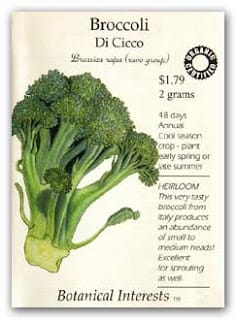
Okay, back to my planning. I have cleaned out much of my vegetable garden, which leaves a tomato plant (which weathered the summer heat very well under shade cloth), a pumpkin plant that is growing mostly outside of the garden and a few basil plants. The landscape designer in me loves nothing better than a mostly blank palette 🙂 Tuesday evening, found me at Double S Farms having our weekly dinner with family and my mother (Pastor Farmer) brought out a wooden chest full of seeds. She had more than she needed and offered to let me have some. *I am often blessed by the generosity of the residents (my mother, sister, and her family) of Double S Farms.
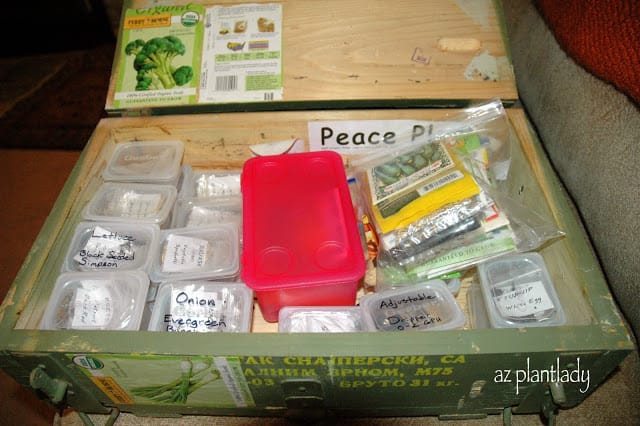
Needless to say, I was in heaven. The different seeds were stored in tiny plastic bags and then placed inside of little Gerber baby food containers. I opened the broccoli container and was so happy to find 4 different types of varieties to choose from.
I filled up my share of Ziploc bags with all different types of seeds. Have you heard the phrase “My eyes were bigger than my stomach?” Well, in this case, I believe that my eyes were bigger than my vegetable garden. I know that I do not have room to grow everything that I would like, but I have some definite favorites that I will plant.
The time to plant many vegetables and flowers begins in September in the lower deserts and I hope to find room to plant the following…..
Broccoli
Garlic
Scallions
Carrots
Lettuce
I am not sure that I have room for the following, but they can also be planted in September in our area:
Beets
Cabbage
Cauliflower
Celery
Eggplant
Peas
&
Radishes
I have also decided to plant some companion plants to help attract beneficial insects and deter damaging insects to my vegetable garden.

Bachelor’s Button / Cornflower (Centaurea cyanus)
I plan on planting Bachelor’s Button, Nasturtiums and Marigolds. Each of these flowers can be directly sown by seed.
Bachelor’s Button can be planted September through November from seed and attracts many different pollinators to my garden.
Nasturtium is a powerhouse in the vegetable garden. They repel damaging insects such as aphids, whiteflies as well as some beetles. Another benefit is that insects that eat scale are also attracted by nasturtiums. *A lesser-known benefit is that both the flowers and leaves of nasturtium are edible. The leaves taste great with mixed salad greens and the flowers make a pretty garnish.
Marigolds are well known for their ability to repel damaging insects in the garden such as aphids, whiteflies, crickets and grasshoppers. French Marigolds (Tagetes patula), also help to repel nematodes in the soil. The bright flowers of all Marigolds attract butterflies and other pollinators.
Here are a few other great companion plants you may consider growing in and around your vegetable garden….
Alyssum (attracts pollinators, beneficial insects)
Basil (attracts pollinators, repels damaging insects)
Chives (repels damaging insects)
Coriander (attracts pollinators, repels damaging insects, attracts beneficial insects)
Lavender (attracts butterflies & bees, repels damaging insects)
Petunias (repels aphids)
Rosemary (flowers attract pollinators, repels damaging insects)
Thyme (attracts beneficial insects while repelling damaging insects)
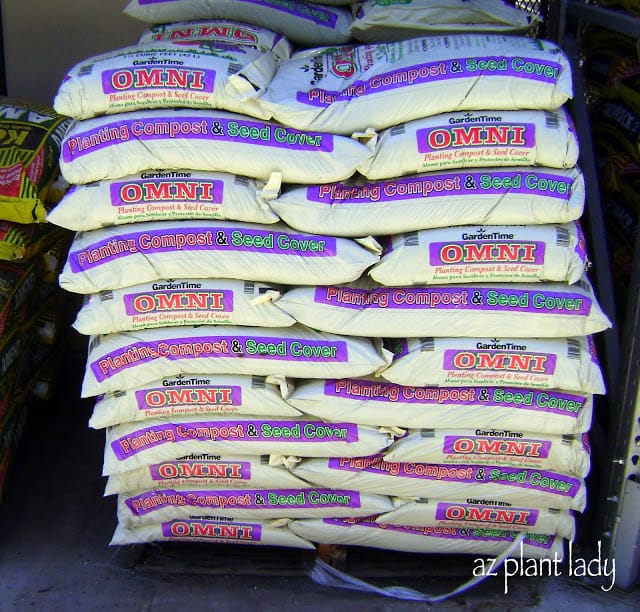
I plan on preparing the soil in my raised vegetable garden by adding a mixture of compost and aged steer manure. *If you are like me and do not compost (I really should), or have cows in your backyard (I really don’t want any), you can buy both at your local big box store or local nursery. I apply compost and manure twice a year – in in late summer and late winter.
Other types of manure that are recommended for vegetable gardens are chicken and horse. Just make sure that they are aged and not fresh – fresh manure will burn your plants.
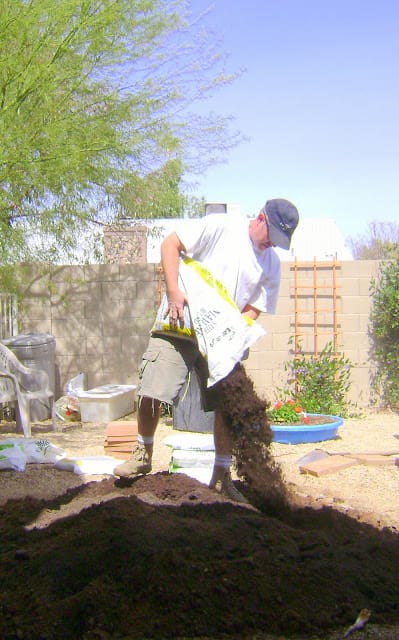
Nothing says “I love you” quite like a man who shovels manure for his wife’s vegetable garden.
I am so blessed 🙂
**Many professional and amateur vegetable gardeners have their own special garden soil recipe and they all have great results using different ratios and types of compost, manure and other amendments. What this really means to the backyard gardener is that there is no one ‘right’ recipe. Rather, there are many. The one overriding ingredient is compost. Even if compost is all you use for your garden soil, you will grow great vegetables.
I tend to go organic when I work in my vegetable garden in terms of fertilizer, but I have been known to apply a slow-release synthetic fertilizer in the past. If you decide to use a slow-release synthetic fertilizer, the labeling will tell you how long the fertilizer should last once applied. However, in our warm climate, it will not last that long….cut the length of time in half to determine how long it will really last.
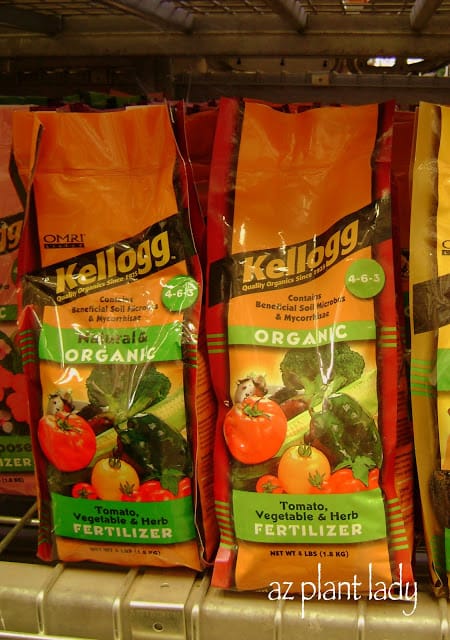
Big box stores are now carrying a wide variety of organic fertilizers. I saw an organic fertilizer blend there just the other day that combined both bone meal, blood meal, micro-organisms as well as myccorhizae, which would work just great in my garden.*Mycorrhizae is a fungus that forms an extremely beneficial symbiotic relationship with plants via their roots.
And so, this weekend will find me adding my semi-annual application of compost/manure and organic fertilizer to my vegetable garden and allowing it to rest for a week or so before planting my seeds, which will actually help the soil.
I can almost taste my fresh grown vegetables…..
For more information about vegetable gardening including what and when to plant, you can check out this link.

 Noelle Johnson, aka, 'AZ Plant Lady' is a author, horticulturist, and landscape consultant who helps people learn how to create, grow, and maintain beautiful desert gardens that thrive in a hot, dry climate. She does this through her consulting services, her online class Desert Gardening 101, and her monthly membership club, Through the Garden Gate. As she likes to tell desert-dwellers, "Gardening in the desert isn't hard, but it is different."
Noelle Johnson, aka, 'AZ Plant Lady' is a author, horticulturist, and landscape consultant who helps people learn how to create, grow, and maintain beautiful desert gardens that thrive in a hot, dry climate. She does this through her consulting services, her online class Desert Gardening 101, and her monthly membership club, Through the Garden Gate. As she likes to tell desert-dwellers, "Gardening in the desert isn't hard, but it is different."
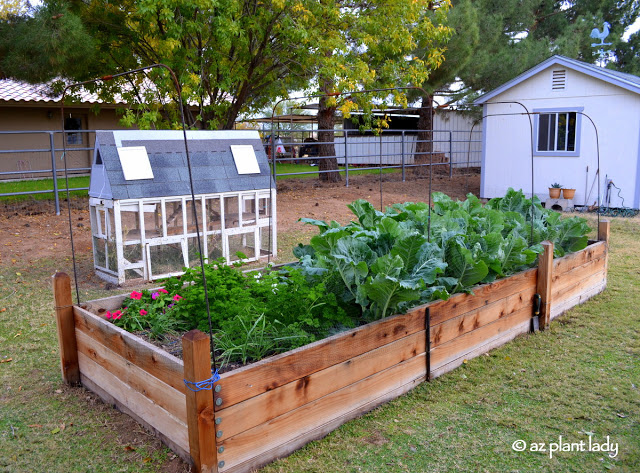
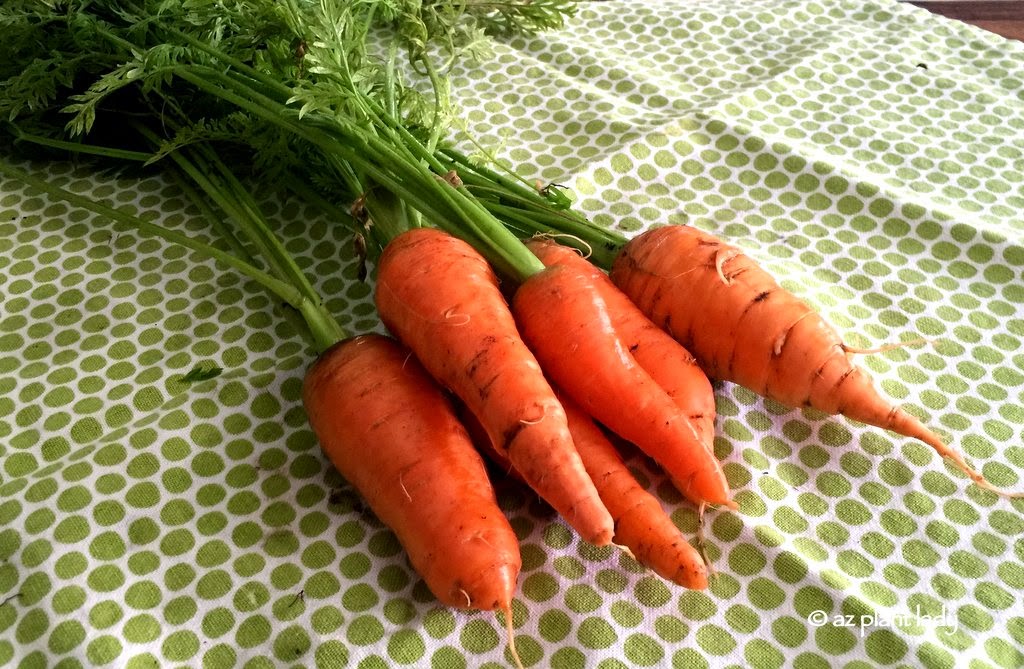
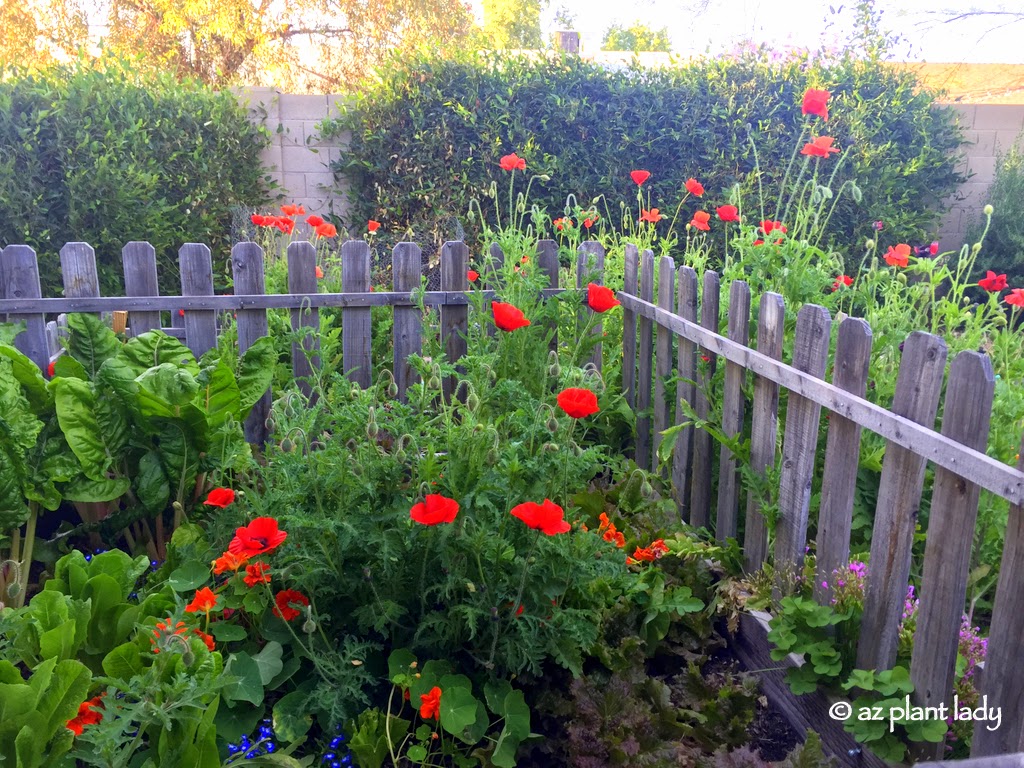
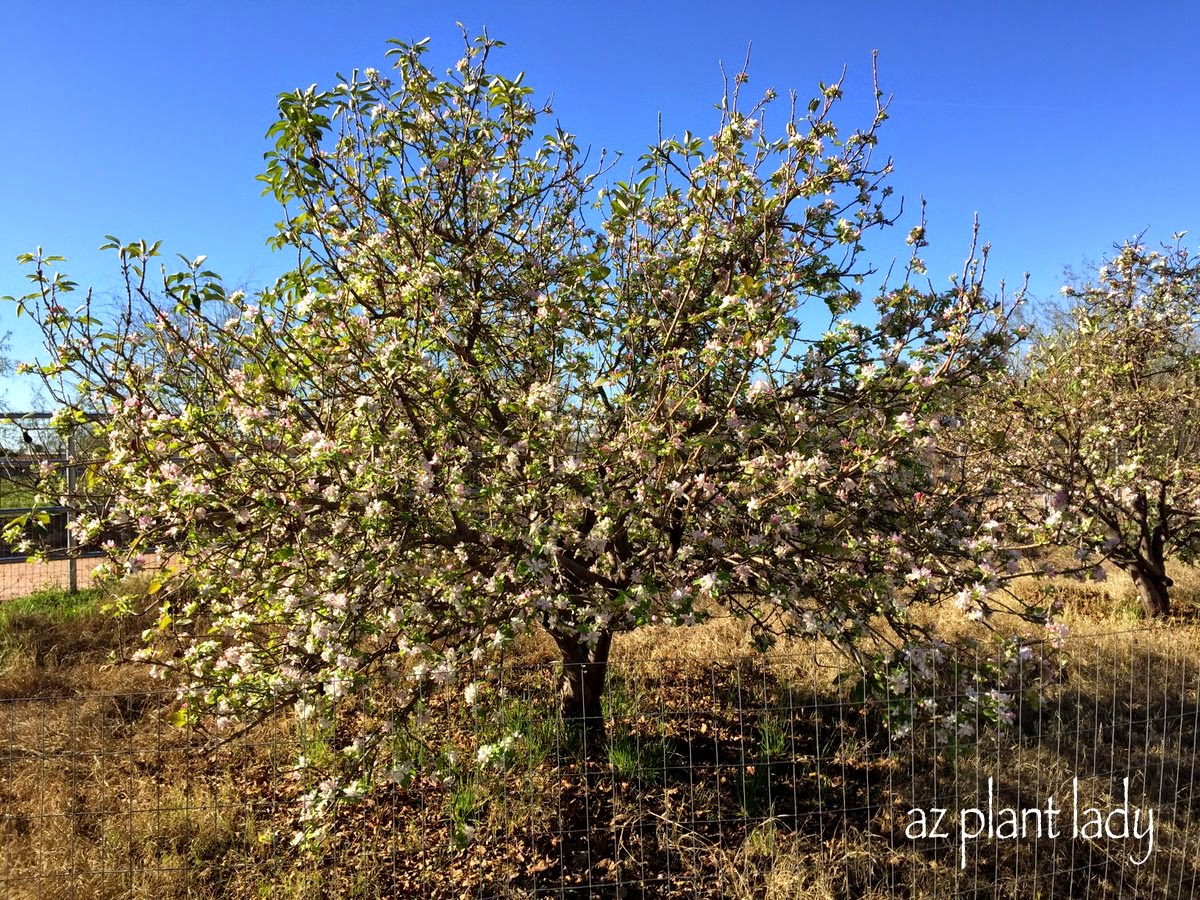
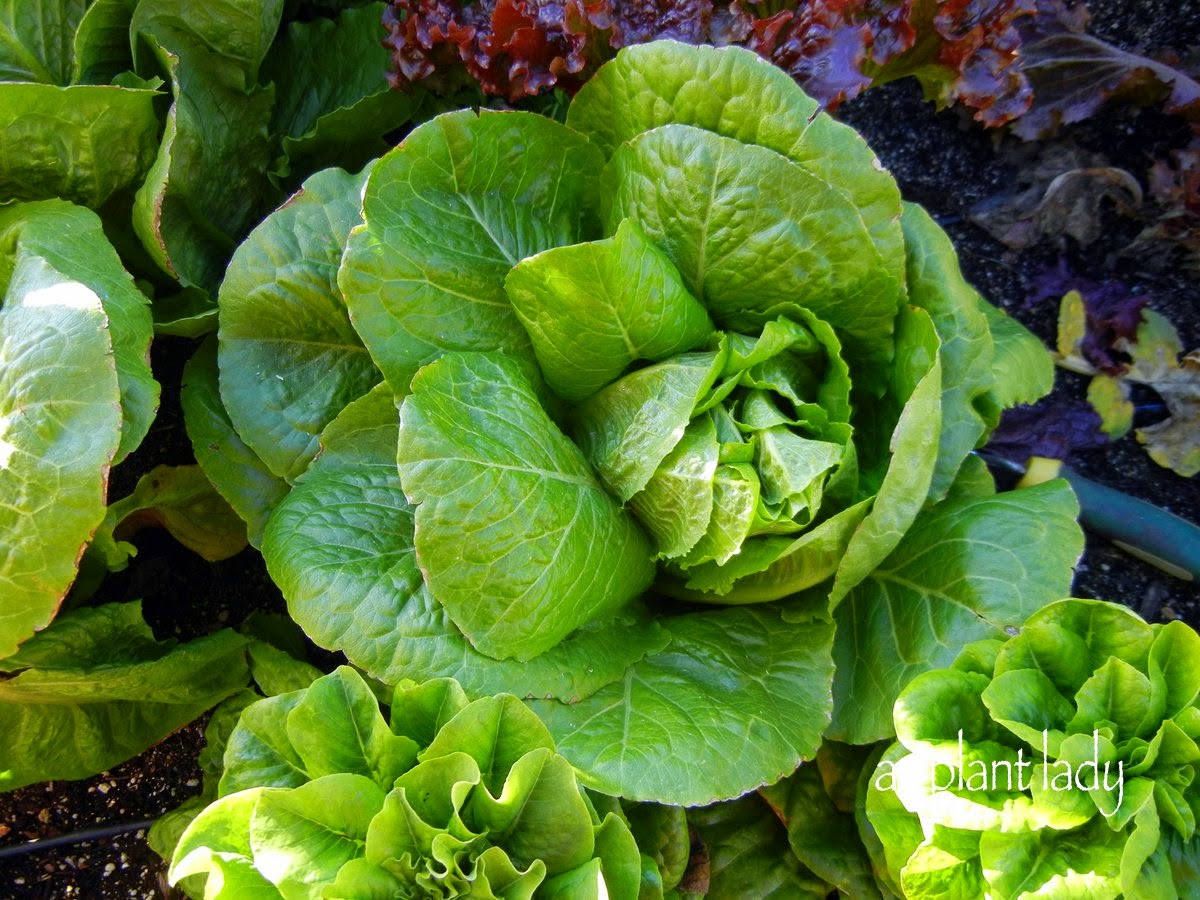
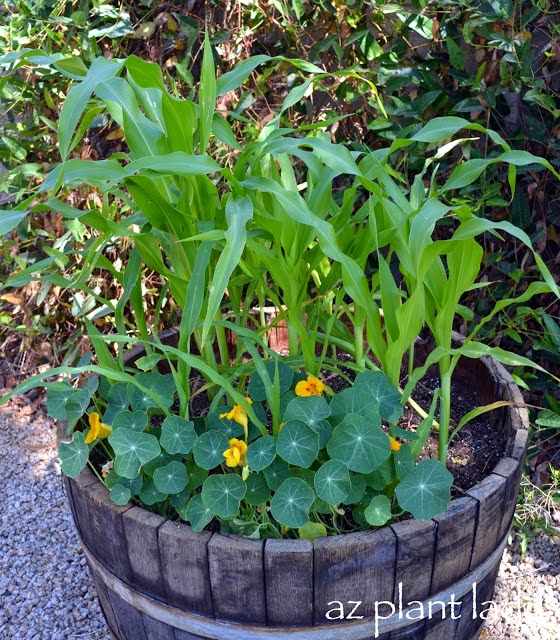








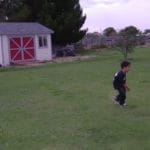
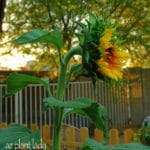
Dear Noelle, Like you, I think that planning ahead generally makes life a little less hectic and, I feel, that if one does not at least try to anticipate the future, and future needs, a little, then one is in danger of missing out on things happening. And all of this is particularly true of the garden.
What a wonderful gift of all of those seeds from your mother's treasure trove. How generous of her and what fun you must have had. What is more, she will know that the seeds are in good hands for they will of course be sown.
When it comes to manure, like you, almost anything goes as long as it is well rotted and no longer acidic. From time to time I also apply mushroom compost to the borders as a soil improver.
Thanks for this very informative blog entry. I sure learned a lot after reading it.
I could surely use what I learned when we start working on our vegetable garden.
The catalog browsing, daydreaming, and planning phase is one of my favorites, too. And I need to get out and create my own blank palette for the fall veggies. Thanks for the reminder!
Nicely done post, Noelle!
I swear we spend more time planning our vegetable garden than actually planting it. Between deciding on seed varietals, working out the successional planting schedules, and the plant rotation schemes, it's enough to cause a brain cramp some seasons. All very worthwhile though when you're standing out in the garden spoiled for choice as to what to harvest next 🙂
Mmmmm…I love the idea of a blank slate. Some day I'm going to make a small, fenced-from-deer, raised-bed vegetable garden.
Shade-cloth for the tomatoes make so much sense! Wish I'd thought of that last summer.
Looks like you'll have a wonderful winter of eating.
Hi Noelle, You are blessed indeed. Double S Farms provide seeds. Hubby shovels manure. Looking forward to seeing your vegetable bed with heaps of varieties on it.
My eyes popped a little when I saw the seed box! What an informative post, thanks. Have you considered growing some veggies in containers to sit around your veggie garden?
Your list of companion planting is good to know…thanks for the info. Sounds like you are ready to go and it is always nice to receive a little help.
I want to plant nasturtiums. I didn't have much luck at all with them..last time. I'll try again. Have fun planting!:)I like the seed box.
Hi Noelle, What an informative post. I always learn when I visit here. I envy your climate…being able to plant in the fall. We are just now cleaning out our gardens. I have ordered from Botanical Interests too. Their seed packets are works of art. Balisha
I'm a planner, too, Noelle, but I am starting to plan for spring, not fall:) My vegetable garden is dying down, although I do plan to plant some beets and spinach today in hopes I get a few more veggies before winter sets in here. Thanks for the great tips on companion plants in the veggie garden. I've always planted marigolds, but I didn't realize nasturtiums and bachelor buttons were also good at repelling damaging insects–I'll have to make room for both of these next spring. How nice of your family to share seeds with you! I'm so impressed by your mother's seed box–much more organized than mine:)
Missed your last post; how wonderful to see Kai running around again!
I'm a list person too Noelle though there won't be much planting done here till Spring time.
I hope you can squeeze as many vegetables into that area – there was no fence around the vegetable area that I could see in the photo – have you extended?
I love Mycorrhizae fungi – everything that gets planted in my garden gets a little around the roots – especially good for roses – David Austin have their own brand of it too.
Thanks for the inspiring post. I will be cleaning the gardens this weekend and freshening up the soil. Your recipe sounds like one I'll try. I didn't have the best of luck with my vegtables this year so I found a book that should help me in my climate. Thanks again, Patty
It is so much work but well worth it! I hope you enjoy your harvest….That is a lot of manure. My kind of post.
I'm a dreamer, not a planner. I plan things but they are rarely achieved. I don't mind. I can dream-plan more than I can plan-and-put-into-action.
Love nasturtiums.
Blackfly love marigolds and can spoil them but if they lay off, then marigolds are fantastic too.
One of the nice things about both is that they self-seed so no planning is needed. One of the surprising things is that I didn't know they could be grown (even with care) in a desert!
Lucy
I'm SO excited to start my garden (again!) Thanks for the helpful information–REALLY! 🙂
No wonder my garden doesn't grow very well ~ it is definitely malnourished by the looks of what you're adding! Lucky girl to have your hubby do that for you too. Maybe this fall I can start to amend mine. Pretty soon it will be that time of year when I am wishing I was living where you are! Good luck with your veggie planting.
Good luck with your fall garden, hope to see it's progress here on your blog. I planted a few things today too, some spinach, lettuce, and carrots. But oops, I forgot I was going to put in a few sugar snap peas too. I'll take care of that tomorrow. I think I wore myself out in the garden today. Whew!
Hello Noelle,
I wanted to offer you a heartfelt "Thank You!" for posting so much wonderful content on desert gardening. I'm in the eastern San Gabriel Valley in Southern California… not quite Phoenix-level heat (or monsoonal moisture and convection, for that matter) but there's plenty of hot 'n' dry here to compliment our river-plain rocky soil. I recently tore down the wall in front of our home, and put a series of large raised redwood beds in its place. Your previous posts on desert garden color and winter blooming plants have been invaluable and very educational. I've always loved desert plants (I'm particularly proud of my ocotillo and Caesalpinias), and my 2.5 year old son and I have enjoyed our gardening time together when I get home from work (I'm a middle school administrator, so your photos of your children ready to head back to school was also great to see!)
Many thanks for the informative website, filled with beautiful photographs! I, too, have bought way too many seeds, and as my boy and I get ready to rip out the tomatoes, I'm giving serious thought to replacing their little corner of the garden with a desert winter-bloomer.
Take care, and continued success to you and your darling children… both in the garden, and at school.
How fun to be able to starting so much now! I keep meaning to start a few things here in one of the empty beds but seem to get sidetracked. I usually add compost and manure at the beginning of each planting season too. Keep us posted on how your veggies grow.
I do plan (to a limited extent) but find my plans rarely work out as expected!
It's a good thing the dogs are in a separate area – wouldn't they like to dig in the manure!
Noelle, all those seeds! It is like a kid in a candy store. 😉 I just planted more of the brassicas (cabbage, cauliflower…) and lettuce/mesclun for a late fall harvest. There is nothing quite like going to the garden to harvest tonight's dinner.